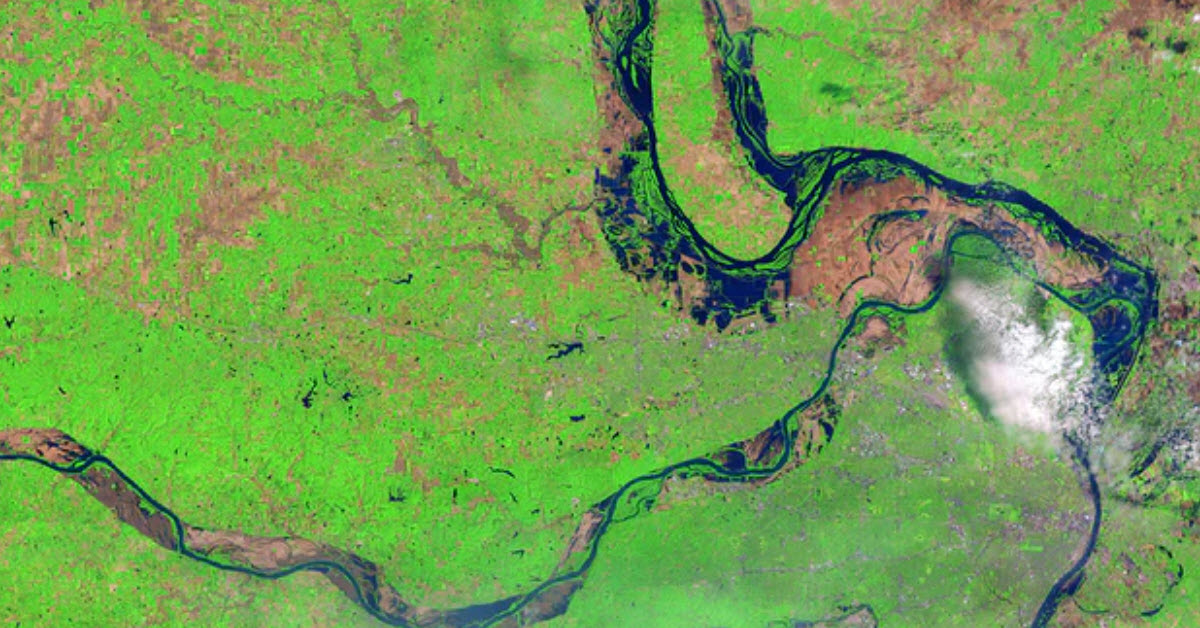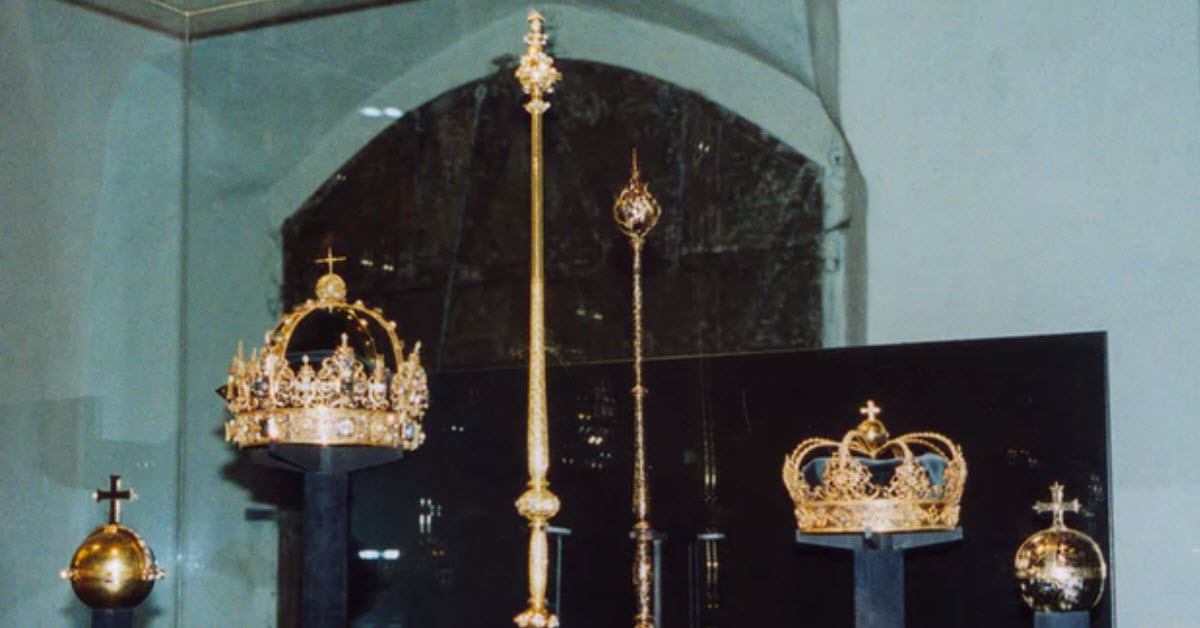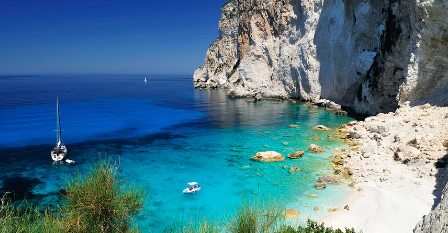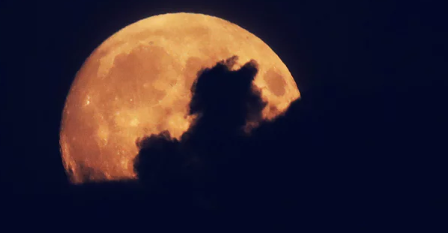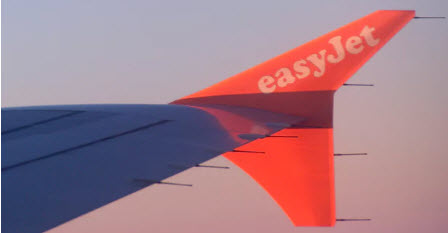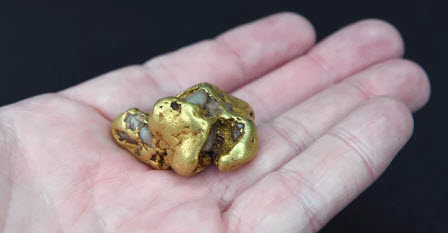How to pack the perfect hand-luggage holiday wardrobe
http://3.bp.blogspot.com/-uThmhhkxhgE/W2Ee0DD3fWI/AAAAAAAAASU/_5qSwpTPczsyC0-5J6DIDIl5vf_yQSMigCK4BGAYYCw/s1600/2018-08-01_8-14-55.jpg

The most glamorous woman at the airport is no longer the one who flies in spike heels and white jeans, and has a Joan Collins-worthy pile of Vuitton or Goyard trunks. She is probably wearing trainers – Fila Disruptors or Reebok Classics – and may well be in a culotte jumpsuit that cost £60 from Warehouse. She may give herself away by wearing a huge sunhat that has no obvious function on the 6am flight to Split or Catania – other than having a wingspan wider than her Away carry-on suitcase. That case, crucially, is the only one she has.
Forget about whether you turn left or right when you get on to the plane. The new travel one-upmanship is all about whether you are one of the enviable few who stride straight from passport control to the car-hire kiosk, wheeling your bijou luggage and bypassing an anxious 20 minutes wondering if your luggage fell off the side of a trailer somewhere back in Luton and avoiding the 45-minute queue that will have built up at Hertz by the time it finally arrives.
The smartest 2018 holiday wardrobe is one that fits into a case small enough to take on your flight. Frankly, if your holiday is a week or less, and the daytime temperature is north of 22C, then checking in a case is about as modern as taking traveller’s cheques. The cult luggage brand Away, which revolutionised the sleepy suitcase market when it launched two years ago (affordable, hard-wearing cases with sleek, Silicon Valley curves and a built-in phone-charging port to ensure you have enough juice to Google-map your way from the arrivals hall to your Airbnb), reports that 70% of sales in the UK are of carry-on size cases.

A hefty price tag on checking in a case is no longer limited to budget airlines – British Airways now sells a cheaper “basic” hand-baggage-only fare on many long-haul tickets – and packing a case can be even more costly if you get it even slightly wrong, since tipping the scales just a bit over your weight allowance will cost you about £10 a kilo for each leg of the journey.Also, anyone who has braved the early morning queues for the Ryanair bag drop at Stansted will try pretty much anything to avoid repeating the experience. (Imagine 500 stressed people who all got up at 4am doing a Tough Mudder circuit, mostly while wearing espadrilles and holding their boarding cards in their teeth, and you get the idea.)
But your holiday wardrobe doesn’t just need to be small, it needs to be perfectly formed. This is not about how your week off looks on someone else’s social media feed, although it is true that out of office is no longer out of sight nor out of mind. Instagram, Facebook and Snapchat make you more visible to the world when you have clocked off than you are when you are on duty. Of course, if any week should be lived IRL instead of through your phone screen, your holiday time should. But don’t think that lets you off the fashion hook. Since you are living your best life, why would you be doing that in ribbed cotton vests that have seen better days and that flowery knee-length skirt with an elastic waistband that you bought 15 years ago in the Gap sale?
The good news, if you have observed Love Island with increasing alarm, is that an up-to-the minute poolside look does not mean swimwear with weird cutouts, wedge heels and crochet minidresses. On the contrary, in fact. To upgrade your look, your clothes need to get longer, not shorter; your shoes lower not higher. A knee-length, short-sleeved linen dress with a mid-height espadrille is the holiday wardrobe of a harassed mum who spent all her money on cute towelling stuff from Mini Boden and didn’t think about her own clothes until 10 o’clock the night before the holiday. Don’t be that woman, even if that woman is you. A kaftan-style dress – loose, a bit dreamy, a bit grand, a bit off-grid – is instant holiday attitude the moment you put it on. The long, floaty ones may be less practical for long days spent trudging up and down steep flights of steps while sightseeing than sensible, fitted mum-on-hols dresses are, but can anyone honestly, hand on heart, say they enjoy sightseeing more than they do lying in the shade reading a book and eating figs?
Loose dresses with a little skin coverage make light work of carry-on-only packing because they work across a greater temperature range than smaller, tighter clothes (so you need fewer warm things) and they look good with flat shoes (so no need to pack heavy, bulky heels). & Other Stories is an excellent source of kaftan styles that look much more expensive than they really are: if I could possibly justify one more purchase, I would snap up their embroidered black square-neck number for £69.99. Monsoon Beach is worth a look, too. I succumbed to their Helena kaftan dress (£22.50 in the sale), a beach cover-up that would work for a nice lunch, and to their Josette maxi skirt (also £22.50), which could be very Mykonos-clifftop-villa-party hostess with a silk T-shirt (take one on holiday; you can hand-wash it and it will dry in moments).

The perfect holiday wardrobe is neither all fantasy nor all practicality, but requires a balance of the two. Fantasy, for me, means I get to take 14 pairs of earrings – it still only fills a small pouch, after all – and that I refuse to leave behind my monogrammed Rae Feather basket bag (from £130), even though the lack of a shoulder strap means it isn’t that practical. Sorry, but I spend enough evenings with my dull-but-practical tote bag filled with Tesco Metro on-the-way-home-from-work shopping; on holiday, I am going to waft around the market with my basket. Just try and stop me.
Practical on holiday means something very different from what it does at home. For instance, if you are sharing a self-catering holiday villa with lots of people, you will spend 75% of your time emptying the dishwasher in your bikini, so it’s good to have a bikini that your boobs don’t fall out of when you bend over. If you have small children who get up early then, even if you don’t wear anything in bed, you will need something to wear while making coffee and man-marking them. A playsuit that doubles as beachwear is handy – River Island has a very pretty one, reduced to £15. The trainers you wear on the journey will enable you to kid yourself you are going running (a sports bra weighs nothing and takes up no space) and you can probably get away with one pair of shoes if you make them an elegant pair of flat mules. (You can wear the same outfit to travel home as you did on the way out.) The Hermès “H” classic sandal has spawned a million imitators, including the £80 Loupe sandal by Dune, which has just been restocked after selling out for the fifth time.

I know what you’re thinking: what about the washbag? Doesn’t the liquid allowance of 10 100ml bottles make a checked bag essential? Not if you are smart about it. For a start, children come in really useful here, as do partners who haven’t fully embraced skincare regimes, as you can cuckoo their allowance. Dermalogica’s daily microfoliant (£13.50) is a great face cleanser and, being a powder, not a liquid, doesn’t count. Anti-mosquito wristbands work as well as sprays, I find – you can wear them around ankles and wrists. You don’t need nail polish – I quite like a simple, scrubbed clean nail on holiday myself, but you can have a gel mani-pedi before you go instead. Have your eyebrows threaded so that your favourite tweezers don’t get confiscated. Travel-size mascaras are better than normal size because they don’t have a chance to dry out; I like the Benefit one. Pack small versions of your favourite scent, hair conditioner and styling products, but leave sunscreen until you are through security – any airport will have a good selection.
Roll everything up tight and you’ll find, if you have followed my instructions, you will still have some room. This is where your desert-island-discs luxuries come in: extra books, if you haven’t migrated to Kindle-world; a speaker so you can have music; an inflatable flamingo drinks holder for the pool; Yorkshire Gold teabags. The best things in life fit in cabin-sized packages.
guardian.co.uk © Guardian News & Media Limited 2010
Published via the Guardian News Feed plugin for WordPress.
How to pack the perfect hand-luggage holiday wardrobehttps://is.gd/15EkuT








